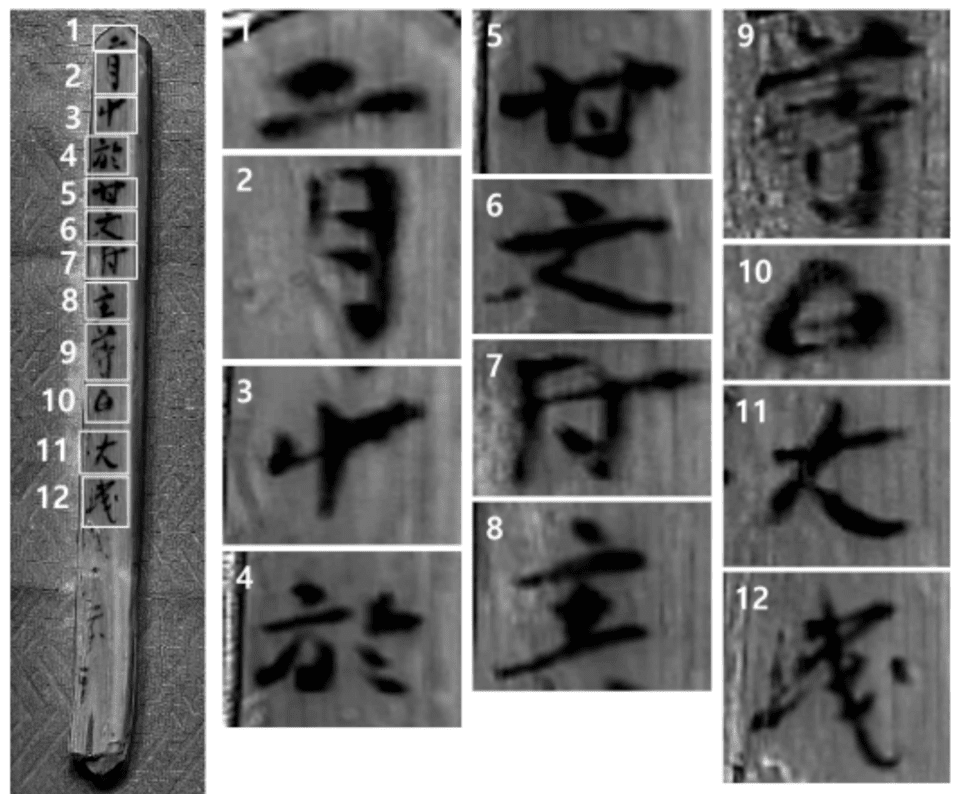The Cultural Heritage Administration’s National Research Institute of Cultural Heritage and the National Gaya Cultural Heritage Research Institute have announced that they have deciphered two wooden tablets excavated from the Seongsan Fortress in Haman County, Gyeongsangnam-do, revealing administrative practices and social operations of the mid-6th century Silla.

The investigation was conducted under the supervision of the National Gaya Cultural Heritage Research Institute, with Gyeongnam Institute overseeing the excavation, while the research institute supported preservation treatment and scientific analysis. Seongsan Fortress is an ancient Silla fortress, and 17 surveys have been conducted between 1991 and 2016, with around 245 wooden tablets excavated to date, earning it recognition as an important site for ancient history research.
During the 18th excavation in 2024, a large number of wooden tablets were identified, including a polyhedral wooden tablet and a two-sided wooden tablet, both discovered within a fortification structure. The structure was designed to complement the fortress’s geographical weaknesses using organic plant materials and clay-rich soil.
The polyhedral wooden tablet consists of four sides, with inscriptions related to administrative punishments found on three sides. Phrases such as “The Castle informs the Village Head of Gammunchon…” and “…gathered and executed…” are included. The usage of characters like ‘於’ (at) and ‘白’ (tell) indicates that the document is in an oral presentation format, indicating a report structure where subordinates would report outcomes to superiors.
Polyhedral Wooden Tablet Original Script:
Side 1: 二月中於甘文村主等白大城□□□□ (In February, informing Gammunchon Village Head, etc., about the Castle…)
Side 3: □□人身中集煞白之 (Gathered and executed…)
Two-sided Wooden Tablet Original Script:
Side 1: …八… (…eight…)
Side 2: Topmost “作” or “求” (appears to show)
Although the two-sided wooden tablet contains fewer characters, making it difficult to decipher the overall meaning, the top shows characters that appear to read as “作” (make) or “求” (request).
Hyperspectral imaging technology was employed in this deciphering for the first time. This technology provides clearer visibility of fine inscriptions compared to the traditional infrared analysis method, significantly increasing the accuracy of the readings. The analysis revealed that both wooden tablets were made from pine species.
The National Gaya Cultural Heritage Research Institute plans to carry out professional preservation treatment considering the preservation of the characters on the two tablets. The institute intends to continue systematic research, preservation, and utilization to uncover the historical realities of the ancient Gaya cultural sphere and publish the related findings.